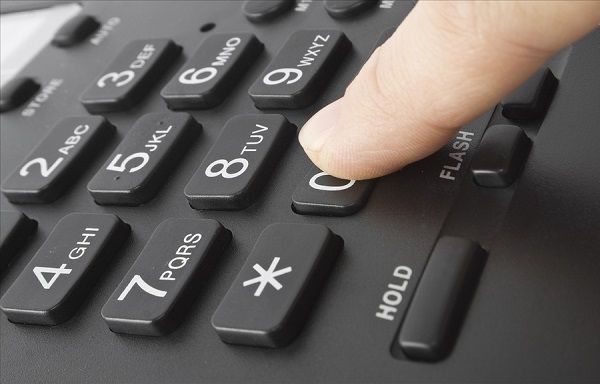The Frequent User Management initiative has resulted in a 45 per cent reduction in calls from target patients, accruing a saving of more than $160,000 in transport costs in three months.
The initiative was launched to manage patients whose needs would be better met by an alternative health care route, other than Triple Zero (000).
Ambulance data for 2011-12 showed 497 of the most frequent callers were responsible for 10,124 calls, costing NSW $8.4 million (not including hospital emergency department costs).
NSW Ambulance Chief Executive Ray Creen said the first round of interventions was directed at the 18 most frequent callers, who were responsible for 1541 calls, costing NSW Ambulance $1.3 million.
The multi-agency approach involved Ambulance conducting one-on-one assessments with patients to identify unmet needs, then liaising with health care providers and Local Health Districts, if appropriate, to develop and implement a multi-agency plan.
"A number of patients frequently access health care via Triple Zero (000), often when an alternative pathway is more appropriate," Creen said.
"These patients have complex health and social needs which often result in frequent transportation to a hospital emergency department.
"Through the initiative, an appropriate care plan was provided, helping to break the patient's cycle of reliance on NSW Ambulance."
Creen said that, in embarking on the Frequent User Management, the aim was to deliver improvements to the patient's quality of care, address underlying issues, reduce service pressures and deliver significant system-wide savings.
The interventions commenced in November 2012 and within three months the service recorded a 45 per cent reduction in calls from target patients, who are now accessing more appropriate means of health care.
In one case study, NSW Ambulance co-ordinated multi-agency meetings with a 38-year-old cancer patient and care providers including hospital representatives, a GP, pharmacist and medical advisor.
The patient's safety and risk issues were subsequently identified and a care plan formulated.
The result was a 60 per cent reduction in calls to Triple Zero (000) by the patient, together with a reduction in ambulance transport costs from $20,952 (six months prior to intervention) to $4074 (three months post intervention).
Success of the NSW Ambulance's the initiative resulted in it winning the Patients As Partners category at the 2013 NSW Health Innovation Awards, held on October 11. It also won the People's Choice Award and was one of three finalists in the Director-General's Award for Integrated Care.
"This initiative has enormous benefits for NSW Ambulance and our patients," Creen said.
He said phase two of the program was about to begin, after which NSW Ambulance would assess its potential for full-time implementation.


